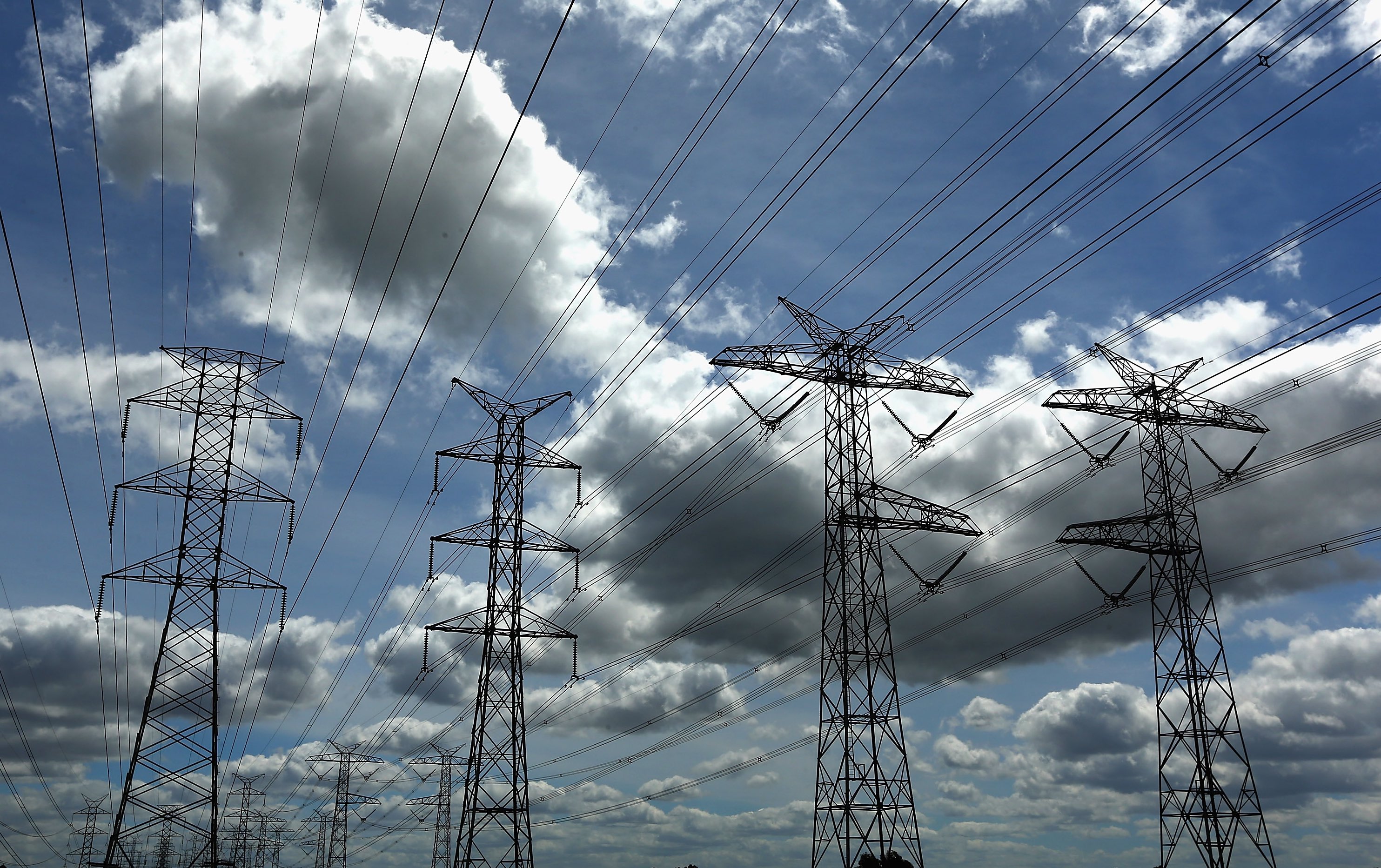
Environment
Hydrogen: Has its time come?

Australia is behind on regulating vehicle greenhouse gas emissions, but we have many options that when combined carefully could achieve deep abatement, clean our air and even save us money
Published 9 May 2019
With the Federal election campaign now in full swing, the debate on the regulation of transport greenhouse gas (GHG) emissions has been light on detail and polarised.
Labor has proposed to implement greenhouse gas emission standards for cars, a target of 50 per cent electric vehicle sales by 2030, and several other measures. In response, the Coalition has vowed to “stand by our tradies and ... save their utes.”

In stark contrast, about 80 per cent of new cars sold globally are already subject to a GHG or fuel economy standard. This includes the world’s largest car markets in China, the EU, Japan and the US.
We also lag the EU, Japan and the US with our non-GHG emissions and fuel quality standards, which are both key determinants of air quality.
We still have older trucks billowing plumes of soot as they take off from traffic lights, and truck-heavy routes pass through many of our suburbs and near our schools.

Environment
Hydrogen: Has its time come?
We are yet to deploy the latest advances in pollution monitoring, particularly on busy roads near sensitive communities, and there is no Australian facility that government or the public can access to certify vehicle emissions to the latest international standards.
Clearly, we have a lot to do just to catch up.
As we think about how to design good carbon abatement policy for our transport sector, we need to consider all options and how these might relate to other important objectives.
As an example, abatement from Australia’s car fleet is directly proportional to improvements in:
the average greenhouse emissions intensity of the fuels consumed
the average vehicle efficiency
the average vehicle mass
the average vehicle acceleration
the average distance travelled per vehicle
the number of vehicles on our roads.
If we were to reduce each of these by one third, we would achieve more than a 90 per cent cut in the GHG emissions from Australia’s car fleet. That is about a 1.5 per cent change in each, per year, from now to 2050, and we have many options at hand.

For example, there are many ways to reduce the average emissions intensity of fuels.
Electric vehicles can run on renewable electricity, but they are expensive and only make up a very small fraction of the current fleet. We can also make hydrogen from renewable energy, but its unsubsidised price isn’t yet at parity with gasoline and diesel.
Natural gas and liquefied petroleum gas (LPG) are already cheaper and cleaner than gasoline and diesel. We can also reduce the emissions of gasoline and diesel through the use of clean electricity and hydrogen in their manufacture.

Environment
One million urban trees
Similarly, vehicle efficiency can be increased in different ways.
Hybrid vehicles are already more efficient than conventional cars whilst also having a lower total cost of ownership in many instances. That’s why taxis are now often hybrids; their owners care much more about total costs than most of us.
Improvements in the transmission system, wheel resistance and aerodynamics also improve vehicle efficiency, as do improvements in the internal combustion engine.
Reduced vehicle mass can also reduce fleet emissions. We can make our vehicles with more plastic, aluminium and carbon fibre. Or just drive smaller vehicles. That will save you money whilst reducing your emissions.

Reduced vehicle acceleration can be achieved by adaptive cruise control and smart traffic management. These technologies are already here and will become much more widespread.
Reduced distance travelled per vehicle and reduced vehicle numbers can both be achieved in many ways. We can make it easier for people to walk, ride bikes, take public transport, shop more locally, work from home more often and ride share, for example.
At the same time, we should also quantify the other benefits and costs of these abatement options.

Sciences & Technology
Giving driverless vehicles the human touch
More walking or bike riding improves public health since people are then fitter and the air is cleaner. Road congestion is also reduced. These economic and health benefits need to be considered.
But the problem is of course multifaceted and the risks of unintended consequences are significant.
For example, disincentives on older, higher emitting vehicles will disproportionally impact lower income households. Or a subsidy on an electric vehicle that ends up only being used for short, infrequent trips by a wealthier person might achieve no abatement while the rest of us pay for the subsidy. And autonomous vehicles might mean less walking and bike riding for all of us.

We therefore need to approach the abatement task very carefully.
If we only regulate the average emissions or fuel efficiency of vehicles, as is often proposed, we don’t directly or necessarily incentivise the manufacture of cleaner fuels.
We also miss the abatement of several potentially transformative opportunities, particularly intelligent transport systems, the continuing development of autonomous vehicles, and alternative forms of mobility – not just bikes, but also ebikes, escooters and other options that are already a part of the sharing economy in many cities worldwide.

Environment
New fixes for old traffic problems
A start would be to treat our national fuel and electricity consumption as a single pool of energy to decarbonise. Cheaper, and therefore, more abatement in one sector allows less abatement in the other, thereby lowering the total costs of achieving a given GHG target.
Since our electricity and fuel consumption are comparable on an energy basis, integrating the two creates a much larger market in which more innovation can happen.
For example, current renewable energy subsidies probably enable green hydrogen at close-to-cost parity with gasoline and diesel, and the continued falling cost of renewables will make them even more competitive. So why just incentivise more renewable electricity for our homes and businesses, when we could also be incentivising clean electricity or hydrogen to displace transport fuels?
A single pool of energy to decarbonise would encourage innovations like this.
If we are brave, we could also progressively remove the substantial taxes on transport fuels, which are currently about 42 cents per litre on gasoline and diesel. The lost government revenue could be replaced with a tax genuinely related to road use, arresting the already falling fuel tax revenue.

Sciences & Technology
Tackling human error to stop vehicle accidents
This would have two benefits. It would place this tax on a much sounder basis as increasing vehicle electrification and efficiency means that fuel consumption correlates less with road use. It will also make this tax less regressive since higher-income households can afford more efficient, new vehicles, currently avoiding more of this tax than their road use suggests.
Investment in communications, town planning, public transport, roads and bike paths, which won’t be paid for by vehicle owners directly, must then also be factored into the abatement challenge.
And once we have a good sense of these non-vehicle costs and benefits, we can then set the abatement target that new vehicles must achieve.
But let us also not fool ourselves that the transport abatement problem is straightforward.
It will tangibly change our daily lives. It will encourage or force us to move differently through our evolving cities and towns, to consume different goods and services, to use our time differently and will impact our health, hopefully favourably.
A version of this article also appears on Election Watch.
Banner Image: Getty Images